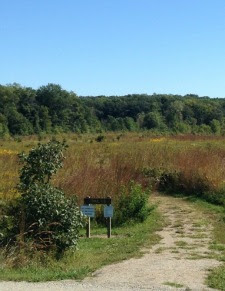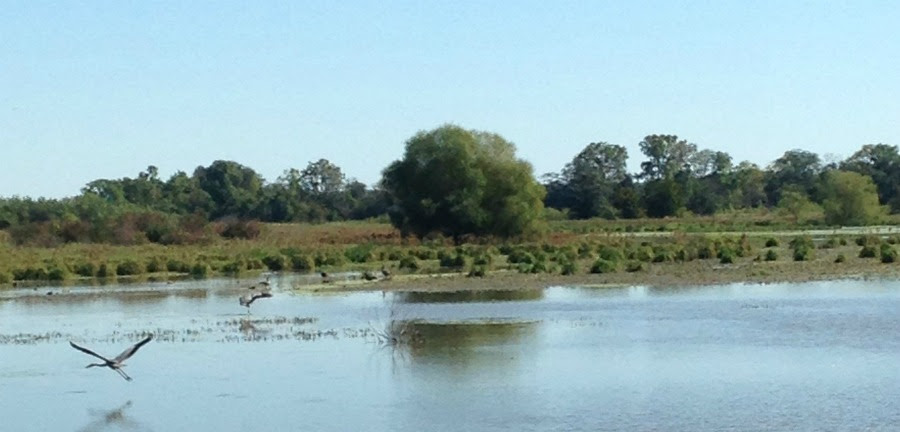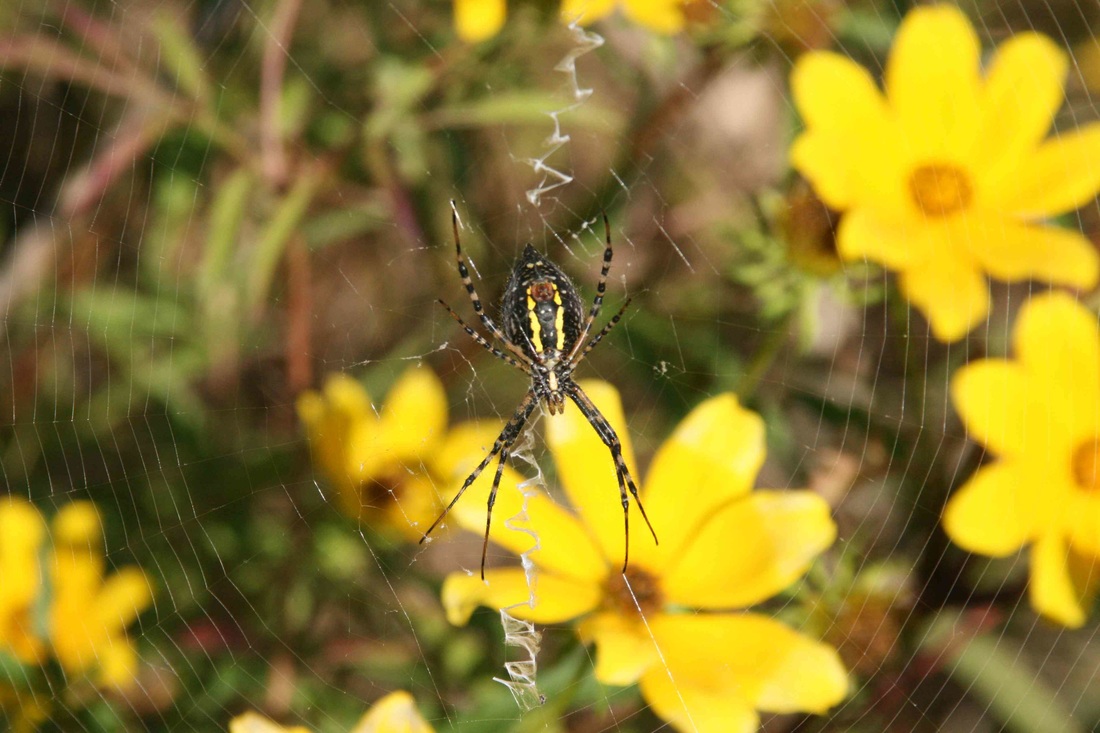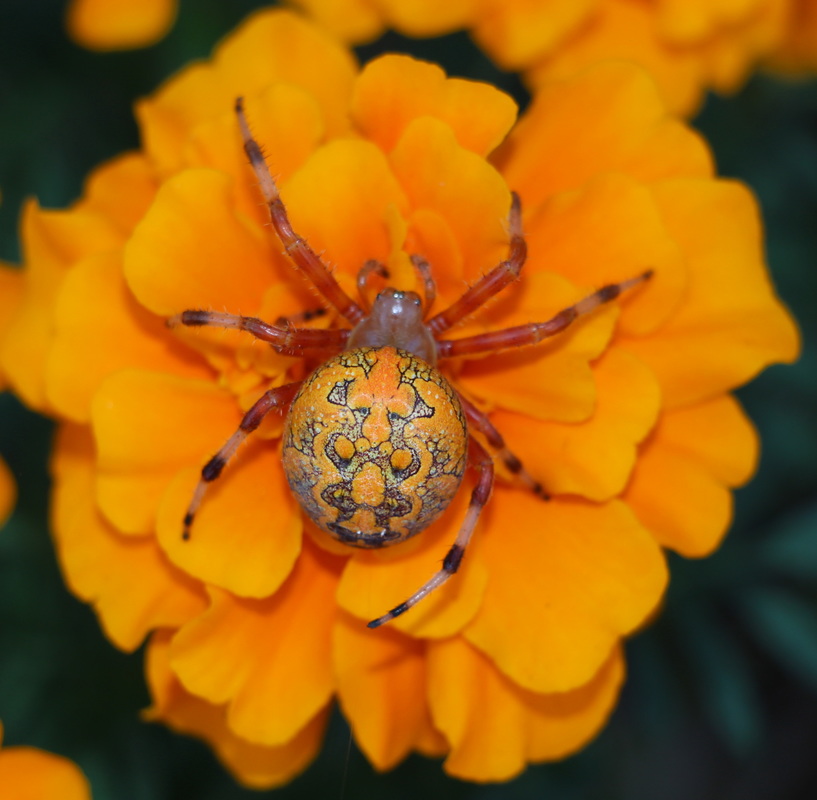Although Gene Stratton-Porter was known as “the Bird Woman of the Limberlost”, an
alternate nickname could well have been “the Moth Woman of the Limberlost” as Purdue
entomologist Tom Turpin has suggested. Gene’s love of moths, specifically the group known as the giant silk moths, even surpassed her love of birds. In her book, Moths of the Limberlost, she writes “Primarily, I went to the swamp to study and reproduce the birds. I never thought they could have a rival in my heart. But these fragile night wanderers, these moon-flowers of June’s darkness, literally thrust themselves upon me.” She quickly came to realize that “...the
feathered folk found a competitor that often outdistanced them in my affections…”
Gene’s use of moths in her writings went beyond the publication of her nature book Moths
of the Limberlost, published in 1912. In fact, that book was the result of her use of moths in her most famous novel, A Girl of the Limberlost, just three years earlier. Hundreds of fans of that book had written Gene, asking her “to write of my experiences with the Lepidoptera of the swamp.” In A Girl of the Limberlost, the yellow emperor moth plays an important role
throughout much of the book, helping to propel the plot along. It even brings the story to its
conclusion when Edith Carr offers one to Elnora Comstock (the girl of the Limberlost) as a peace offering.
In various other ways, moths permeate the story. Elnora goes to meet the Bird Woman after she reads a sign displayed in a bank window stating that caterpillars, cocoons, chrysalides, pupae cases, butterflies, moths, and Indian relics of all kinds will be purchased. Elnora meets Philip (her future boyfriend) as she is attempting to remove a moth cocoon from underneath a bridge. On a moth-hunting excursion in the Limberlost with Philip and her mother, Elnora finds a pair of luna moths, and the trio marvel at the emergence of a regal moth from its pupa case.
Moths are also featured in Gene’s books Morning Face, Music of the Wild, and Tales You
Won’t Believe. Within one story in Tales You Won’t Believe, titled A Wonder Tale, Gene relates an experience she had at the Limberlost Cabin one late May night. She awoke at about 2:00 in the morning to the sounds of innumerable moths beating at the screen of the back porch door, where she had placed a newly emerged female Cecropia moth. As Gene picked up this female to move it, it sprayed its liquid pheromone all over the front of her nightgown. This pheromone is a powerful aphrodisiac, attracting male moths from miles away. Gene stepped out onto the porch and stood there on that beautiful moonlit night, while male Cecropia “came floating like birds down the moonbeams” to alight on her. Before long, she had scores of these giant moths anxiously perched all over her or fluttering about nearby. She wrote that this was “…a thing so exquisite that God Himself must have enjoyed the excellence of His handiwork” and it was “an experience that probably never has fallen to the lot of any other human being.”




 RSS Feed
RSS Feed
